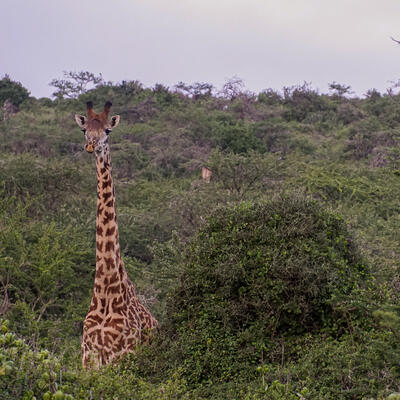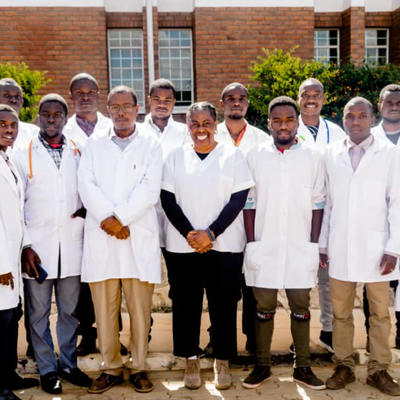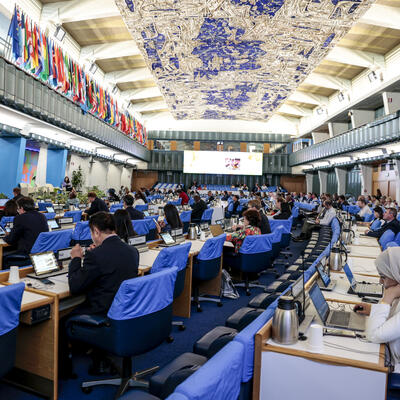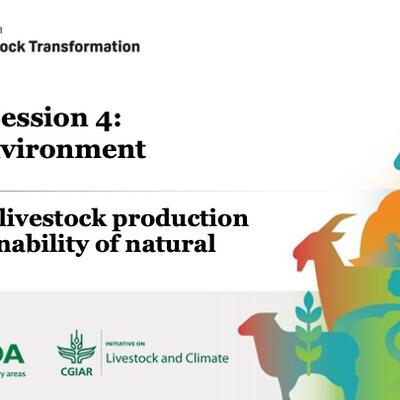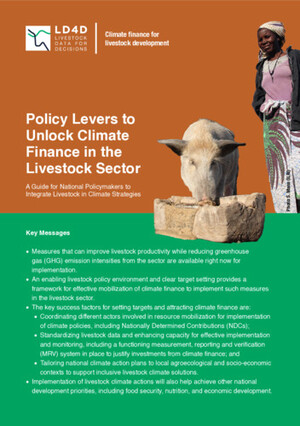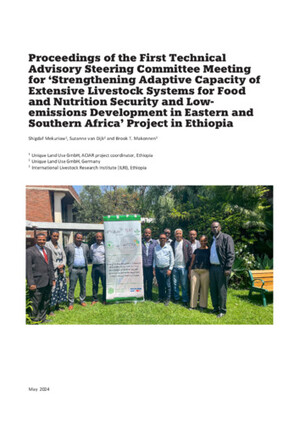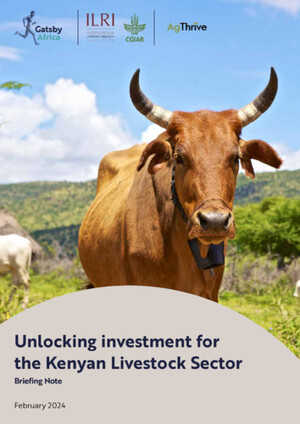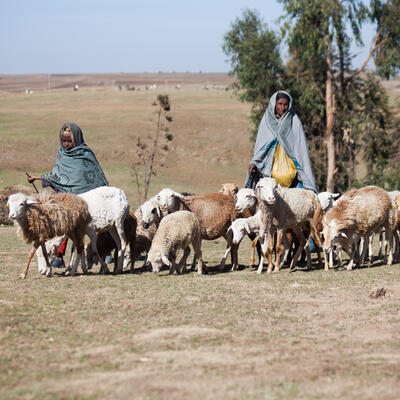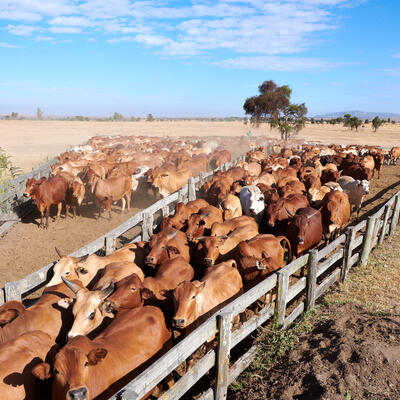
Looking into Pastoralism's Future: Youth lead the 2026 Vision for Pastoralist Youth Consultation
There was a buzz in the meeting hall at the University of Lukenya in Makueni County, about 5 hours’ drive south from Kenya’s capital city, Nairobi. Twenty-eight young pastoralists of ages 18 to 35 from Kenya, Ethiopia, and Tanzania had gathered for three days in September 2022. Their mission was to contribute to the first of a series of consultations to develop a Vision for Pastoralist Youth, which will be launched during the International Year of Rangelands and Pastoralists 2026 (IYRP). The consultation focused on identifying pathways for pastoralism in the future including how pastoralism can adapt to the challenges of climate change.
In addition, the youth produced a statement that will be presented at an official side event at the United Nations 27th Conference of Parties (COP27) in Egypt, which will be attended by nominated youth pastoralist, Robha Abekeri (age 30) from Ethiopia.
Preserving an under-appreciated yet productive livelihood
All over the world, pastoralists derive their primary livelihood on rangelands that are estimated to cover more than 54% of the world’s land surface, most of which cannot sustain agricultural crops. They are significant contributors to countries’ economies, for example providing 90% of Mongolia’s agricultural GDP. In Africa alone, some 270 million pastoralists provide more than half of the continent’s meat and milk.
Pastoralists are also natural stewards of rangelands, providing important ecosystem services such as maintaining grasslands and carbon sequestration, maintaining and even increasing biodiversity, cycling nutrients and removing biomass to prevent fires. But pastoralism is facing increasing climate-related pressure and challenges–from unpredictable rainfall patterns to increased competition for pasture and other natural resources–putting the next generation of pastoralists at risk of losing this important source of livelihood. New opportunities of education and jobs in urban areas have meant many pastoralists are turning their back on pastoralism for seemingly better alternatives.
It is these very dilemmas that the youth at the consultation were determined to address. ‘Pastoralists everywhere face similar challenges,’ said Jacob Lekaitogo (age 25) from Kenya. ‘When we combine our efforts, our problems can be solved.’
Read the full article on CGIAR.org
Banner photo: A young Samburu pastoralist from Kenya’s drylands in the northeast herds his family’s goats home at sunset. Photo ILRI/Kabir Dhanji







